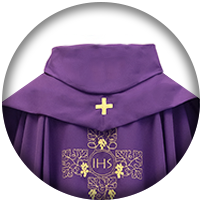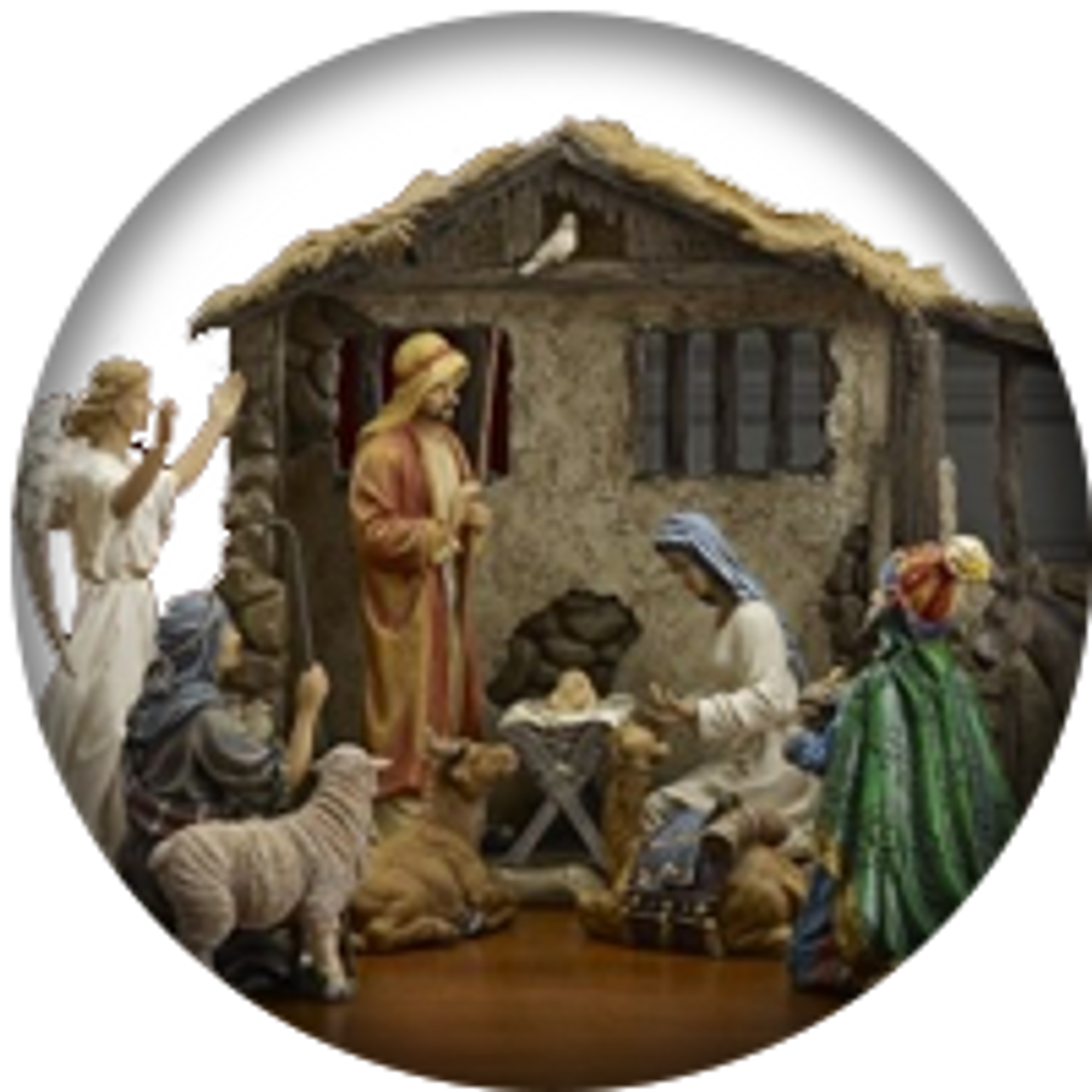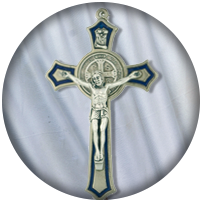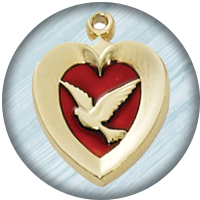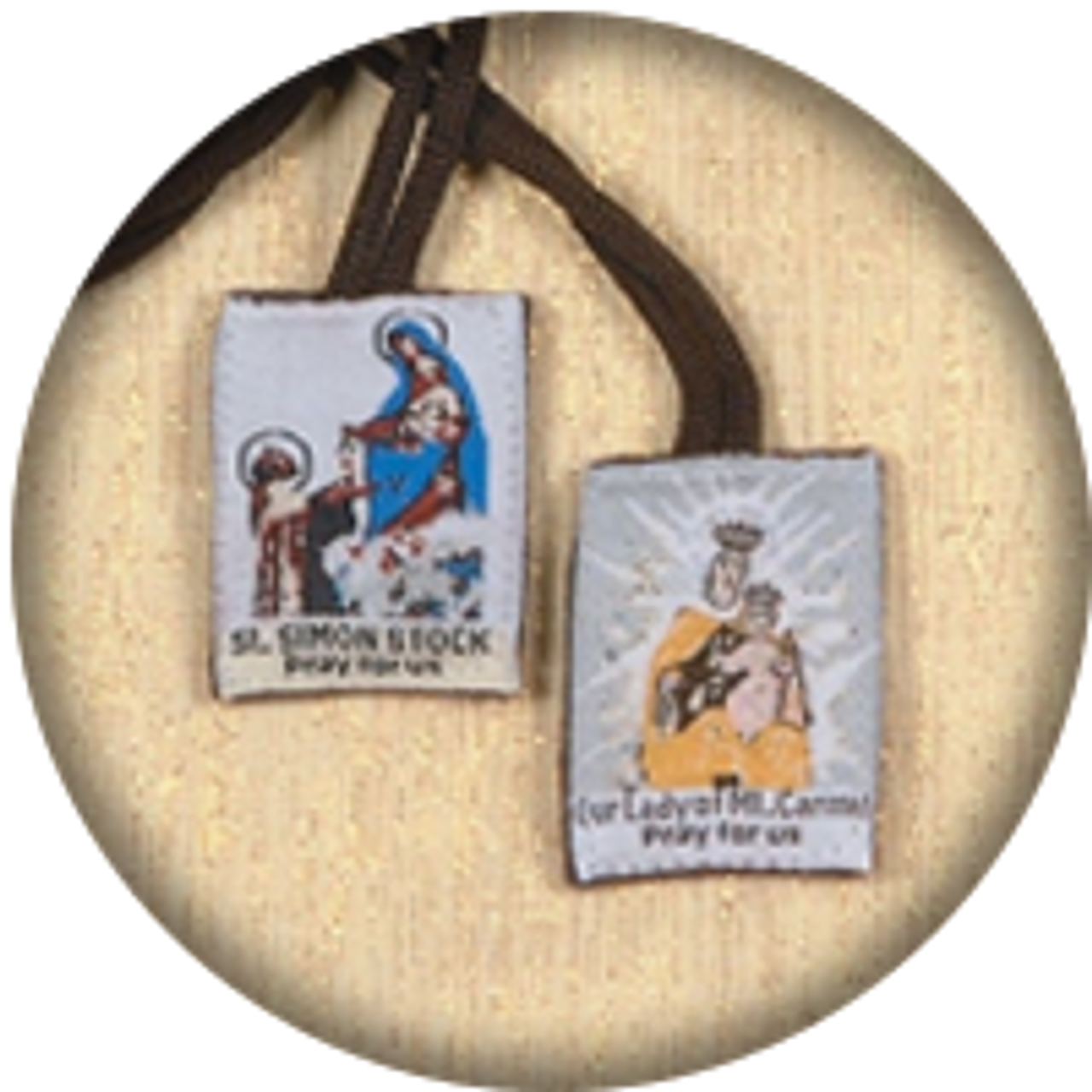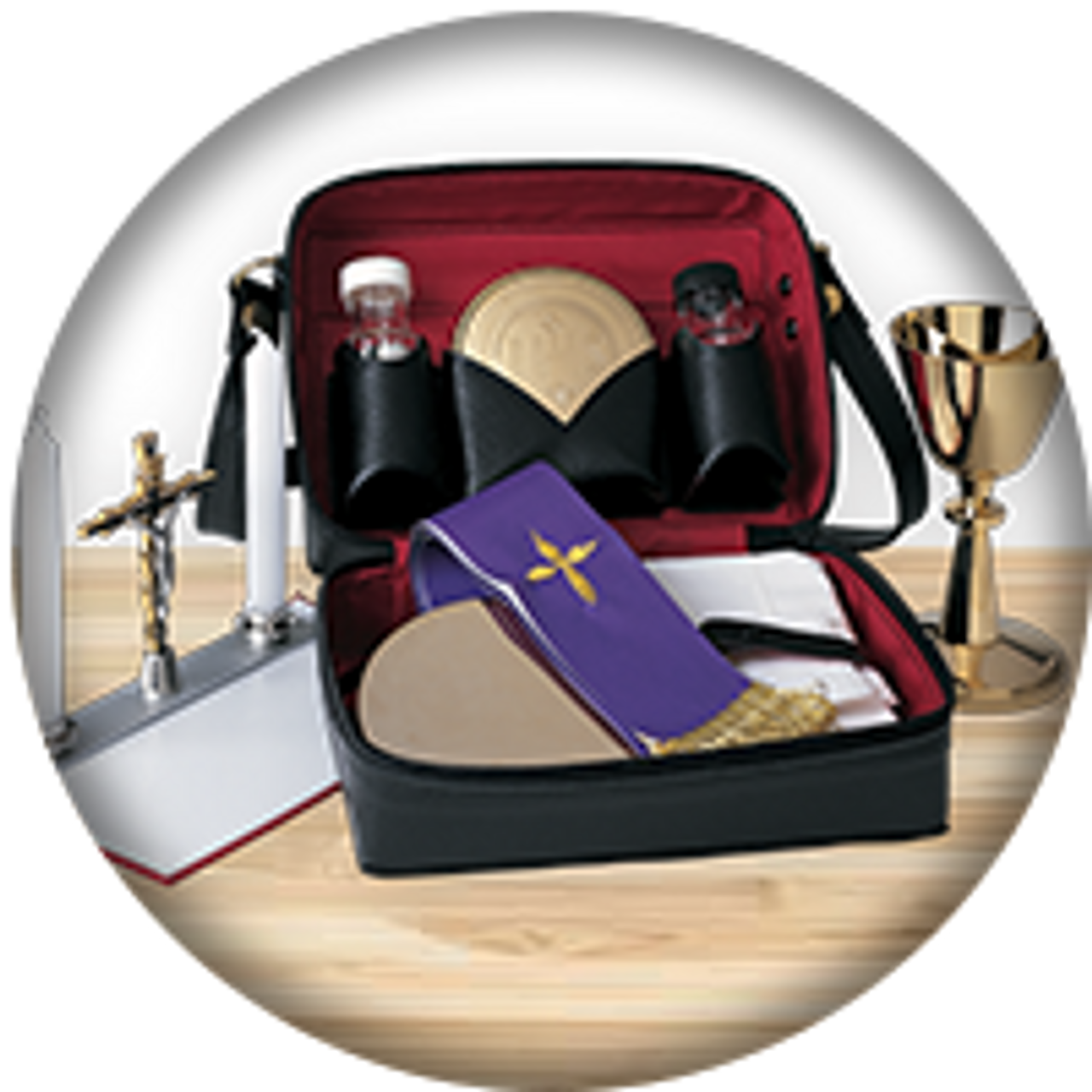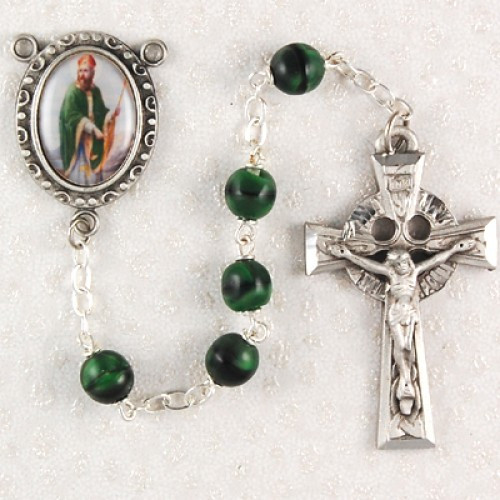St. Patrick March 17th
Kathy Boh on 3rd Mar 2015
St. Patrick
(385-461)
EARLY LIFE
As most Americans have already heard—with St. Patrick Day parades and other festivities— St. Patrick is the patron saint of Ireland. It is commonly believed that he was born on Scottish—some say Welsh—soil. His mother, Conchessa , was a close relative of St. Martin of Tours, in France. His father, Calphurnius, was a high ranking Roman officer, charged with management in the British Isles. Ireland’s apostle changed his name to “Patrick” upon becoming a priest.
At age 16, he began an ordeal as a slave, kidnapped and captured by pirates, and sold to a Druid high priest and chieftain in Ireland. Ireland, at that time, was a country of pagan rulers (chieftans), warriors, and Druid priests. His life as a young man in Ireland prepared him quite well in three major ways for his later mission to the Irish people. The (Celtic) Irish language became a fluent tongue to him. Secondly, he spent a great deal of time (while tending flocks, as David did in the Old Testament) in prayer. He grew accustomed to difficult weather, and many other discomforts, night and day. He, himself, reported that his faith grew, and that the Holy Spirit would move him to prayer… in the woods, and in the hills. Patrick’s love for God and desire for His ways continued to increase. Finally, Patrick learned much about the ways of Druid worship that had such a hold over the people of Ireland at that time.
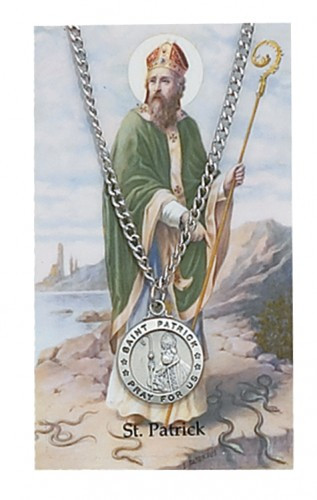
After 6 years, an angel spoke to him and he escaped from the cruel high priest-chieftain named “Milchu”, who owned him. He then travelled a distance to the coast, where he boarded a ship bound for Britain. He eventually went to France, where he became first a priest, and then a bishop. During his years in Western Europe, he was associated with some other known saints. He spent time at St. Martin’s monastery at Tours. Eventually, he joined St. Germain, at Auxerre, in Burgundy, France. Under his leadership and influence, he became a priest. Some reports tell of his missionary work amongst the “remote” tribe of Morini, in northernmost France, near the English channel—all under the guidance of bishop Germain.
Along with St. Germain, he was sent back to Britain to fight both the heresy of Pelagius and paganism, under the pope’s auspices. Patrick’s desire to see the Irish people free of those influences would grow over the years. His ability to be bold in overcoming the evil powers that gripped the people would also progress in strength, as he grew in the power of God through frequent and intense prayer, and he immersed himself in the truth of the scriptures.Altogether, he spent close to 20 years away from the Ireland he knew in his late teens and early 20’s.
MISSIONARY TO IRELAND
Around this time, in a vision, he saw himself being called back to Ireland. It was Pope St. Celestine I—near the end of his life— who chose Patrick to go as a missionary to Ireland. Another missionary (Palladius) had already been chosen, but had been frightened by the evil opposition of one of the pagan chieftains, named “Wicklow”.
One of Patrick’s initial goals was to re-visit his former captor and owner, Milchu. That meant travelling a couple hundred miles… with encounters and dangers along the way. Coming back as a missionary to the country steeped in pagan rituals and powerful Druid chieftains was not an easy task. Throughout his life, Patrick would find himself fighting against the strongholds of evil amongst the Celtic people who embraced the pagan Druid worship and sacrifices. It was not physical snakes that he is known to have driven out of Ireland, but the demonic powers (represented by the image of “snakes”) that Patrick wrestled with and drove out. He learned to fight in the Spirit of God, and grew in confidence in God’s mighty defense, in His presence, in the word of God that he preached, and in the intense prayer that permeated his life.
Some modern Christians are familiar with the “spiritual warfare” practiced in the New Testament and beyond. St. Patrick’s life and mission are an inspiration. For those unfamiliar with such things, his story is truly an adventure in reality. This willing missionary was very experienced in aggressive prayer and declarations—both for and with God’s mighty power through Jesus Christ and against evil powers and their manifestations. He fought and wrestled in prayer for the conversion of the Irish people to true faith in Christ Jesus, and from pagan rituals (and the demonic forces behind such worship). Patrick came up against both physical and spiritual opposition.
St. Patrick was an active missionary throughout the country of Ireland. But his strength through it all came from the time spent with his Lord. He prayed and interceded for conversions and blessings for Ireland. He even prayed— quite deliberately, with forethought, into the future—and received some answers regarding the Irish people until the time when Christ would come again. Generations of lrish descendents are blessed because Patrick was willing to be a vessel surrendered to the will and the power of God.
Although prayer continually filled and invigorated his life, a high mountain—later named “Croagh Patrick”— became a special place of retreat and prayer for St. Patrick. He likened it to Mt. Sinai for Moses, and had been instructed by his guardian angel to spend time there. On this mountain, he fought many battles in prayer, against demonic harassment, and with personal deprivation.
Once, on this approximately 4,000 foot high elevation (on the Atlantic side of Connaught, facing Clew Bay) he had gone to pray and dwell in the small, indented cave-type area in the rock. St. Patrick became encircled with demons that were so many they were like a huge dark cloud surrounding the sky and blocking all views. Fierce was his prayer and strong was his battle, and it seemed—as typical in spiritual battles!—that God was not hearing, and answers were not coming. He kept standing in prayer, and crying out to God, unmoved by the demonic harassment. Finally, he was moved to ring his “bell”, signifying the truth of God that he preached (and heard by many surrounding the mount), and the cloud began to break up and evil powers began to flee. It is reported that the victory over the enemy spirits lasted for the next 7 years. It was won on that mountain as he stood firm in faith, in prayer, and in fasting. He preferred God’s blessings and the salvation for the Irish people more than any comforts or financial gifts anyone could give him—and many chieftains and men of rank offered him such things, as they came to love the Lord.
His former owner, Milchu, heard of Patrick’s reputation and deeds. As Patrick approached his grand home, news came to Milchu that Patrick was near. Rather than face his former slave, and acquiesce to the victory of the Christian God, he gathered possessions into his home and fortress. He then set it all on fire—throwing himself into the flames. The story, however, does not end there. Happily, the son and two daughters of Milchu became outstanding Christians—even one saint amongst them! The son became St. Guasach, and the two daughters founded a convent nearby.
Early in his missionary journey through Ireland, he was met by a chieftain named “Dichu”, who attempted to stop him from further travel. As Dichu raised his sword to attack Patrick, his arm became frozen as stone. Only when he yielded to the power and supremacy of God did his arm become free once again. Dichu was impressed with the humble character and miracles of Patrick, and sought to learn more. He ended up providing Patrick with a barn as a sanctuary for worship. Over time, it became for Patrick a place for quiet retreat and prayer.
PRAYERFUL PREPARATION FOR BATTLE
There is no doubt that Patrick’s rich prayer life—steeped in the scriptures and their documented victories against the enemies of God’s love and His grace—fed the courage and boldness that Patrick needed often on his journey. One of the prayers that have been popularized in modern times is “St. Patrick’s Breast-Plate”. Such thoughts and expressions expressed in this prayer helped him to align himself with the power and victory of God—particularly when extreme battles against demonic powers and their worshippers (the Druids) were often on his agenda. Partial quotes from this mighty prayer may give a glimpse into the intensity with which he “suited up” for spiritual warfare.
ST. PATRICK’S BREAST-PLATE (“literal translation from the old Irish text:”)*
…I bind to myself today
The virtue of the Incarnation of Christ with His Baptism,
The virtue of His crucifixion with His burial,
The virtue of His Resurrection with His Ascension,
The virtue of His coming on the Judgment Day….
I bind to myself todayGod's Power to guide me,God's Might to uphold me,God's Wisdom to teach me,God's Eye to watch over me,God's Ear to hear me,God's Word to give me speech,God's Hand to guide me,God's Way to lie before me,God's Shield to shelter me,God'sHost to secure me,
Against the snares of demons,
Against the seductions of vices,
Against the lusts of nature,
Against everyone who meditates injury to me,
Whether far or near,
Whether few or with many…Christ, protect me today
Against every poison, against burning,
Against drowning, against death-wound,
That I may receive abundant reward.
Christ with me, Christ before me, Christ behind me, Christ within me,Christ beneath me, Christ above me,
Christ at my right, Christ at my left…
Christ in every eye that sees me,
Christ in every ear that hears me
I
bind to myself today
The strong virtue of the Invocation of the Trinity:
I believe the Trinity in the Unity
The Creator of the Universe.
The name “Tara” became known through the movie, “Gone With the Wind”. But its namesake, Tara, in Ireland, was the “seat of power” for centuries during the reign of kings in Celtic Ireland. It also has a most notable connection to St. Patrick. It was there that a very decisive victory of God was won in a very public way. The Lord had won the heart of the converted chieftain, Dichu, (as was mentioned above) who told Patrick that a special feast was to be celebrated at Tara. The Supreme Monarch of Ireland would be present, and all the chieftains, Druid priests, and the Brehon (law) leaders of Ireland were invited. Immediately, Patrick saw this as a grand occasion to present the “good news”.
In March of the year 433, an imperial decree went out from the High King Loaghaire to all the Irish people that all fires were to be extinguished until a blaze was lit at the monarch’s royal mansion on the next day, at Tara. Contrary to this edict, Patrick arrived at the opposite end of the valley from the hill of Tara, and he kindled a fire on the hill of Slane. It was a paschal fire, in honor of Easter Sunday—the next day, and the day of the assembly. Druid leaders complained to the king, and they spoke what was to become a prophetic word. “This fire, which has been lighted in defiance of the royal edict, will blaze forever in this land unless it be this very night extinguished.”* The king and the druids made attempts to put out the paschal fire. They were even given the power to kill anyone opposing the king’s edict or resisting them, but to no avail. The assembly of those at Slane were protected by the Lord’s mighty hand. Patrick arranged a procession to form from the hill of Slane to the king’s fire atop Tara’s mount. He had a young boy leading the procession and holding high the Gospels.
As Patrick’s assemblage made their way toward the royal assembly, the druids and their magicians worked hard at their best incantations, which produced a dark cloud over the entire area. It was described as “worse than Egyptian darkness”.* Their reverse efforts—at Patrick’s prompting—were in vain. They could not remove the dark cloud. Then Patrick prayed. Suddenly, the sun shone through with the brightest light and absolutely lit up the whole hill and plain. [It helps to know the “Light of the world” that overcomes the darkness…]
Again, the druids attempted their best. The Arch-Druid, Lochru, used demonic power to rise high into the air, but then Patrick publicly knelt and prayed. The Druid suddenly fell, crashed into a rock, and died. In clear view of the king, the Irish chieftains, the druids, and the promoters of the law (the Brehons), the druids’ evil powers were shown to be no match for the power of the God of St. Patrick. [The story reminds us of Elijah’s confrontation on Mount Carmel with the 450 priests of Baal, the chief god of the Canaanites… IKings 18:16-46]
Patrick immediately spoke to the king and Ireland’s leaders who were gathered, and presented the gospel message. He used a shamrock from the ground as an analogy of the Trinity. King Loaghaire became convinced by the miracles to give his permission for Patrick to continue preaching the good news throughout the country. New doors opened for Patrick and his co-workers. Still, dangers existed for Patrick on his missionary journeys. At a stop, his chariot driver overheard that plans were being made to kill Patrick while he travelled, so he suggested to Patrick that he be allowed to rest, exchange cloaks, and let Patrick drive. The charioteer, appearing to be Patrick, was speared as the plot was executed against them. Patrick was safe. And the charioteer became a martyr and protector of the faith.
Even after the country of Ireland was largely converted, St. Patrick continued to travel, visit and look after the bishops and the many churches he established. Hundreds of bishops were consecrated in Patrick’s lifetime.
LEGENDS
It is easy for any person, past or present—who does not believe in the existence of demons— to think in terms of “legend” when hearing stories of God’s manifest power through St. Patrick.
There are some legends connected with St. Patrick, but accurate sources have largely been established, particularly since he was associated with some early saints, historical figures, and with the pope himself. There were witnesses and writings regarding his life and deeds—including his own “Confessio” (Confessions). That, and the “Epistola ad Coroticum” have been credited to him as genuinely written by him. “The best edition, with text, translation, and critical notes, is by Rev. Dr. White for the Royal Irish Academy, in 1905.”*
*Several sources were used. Quotations are taken from the Catholic Encyclopedia, “New Advent”, http://www.newadvent.org/cathen/11554a.htm.

